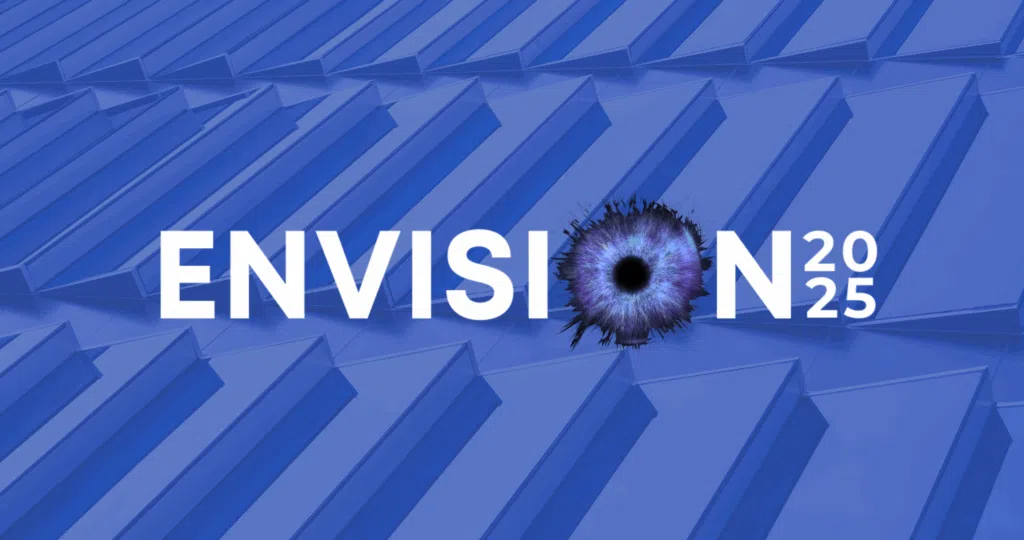As 2022 comes to a close, the repeal or postponement of the 2017 Tax Cuts and Jobs Act (TCJA)changes to IRC §174 has not come as many had hoped. To recap, as part of the TCJA, §174 was changed to:
- Require amortization of R&D costs under §174
- Include software development in §174
In addition, IRC §41 was changed to require expenses be treated as §174 to be eligible for R&D tax credits. As noted in a previous blog this change will have a major negative immediate impact on U.S. taxpayers.
So why is title of this article so positive? What is so fantastic about the §174 changes? The answer is not amortization, but efficiency; more specifically, future R&D credit calculation efficiency. The change in §174 has created the last piece in a perfect storm for creating an internal R&D credit process that is:
- Defensible
- Cost effective and lucrative
- Highly efficient
Every stakeholder in the process, including the IRS, can benefit from this perfect storm. The other pieces that make it the perfect storm include the ASC 730 directive and technology.
For a quick recap on these aspects of the process, see An Opportunity To Make An “Un”safe Harbor Safe Again: Getting The Most Out Of The ASC 730 Directive and Introducing Automation to R&D Credit Capture.
The Time-Consuming Task of Identifying All R&D Costs and Substantiating Business Components
When calculating R&D credits, there are two main categories of activities: core or traditional R&D, and non-core or non-traditional R&D. Think of core R&D as a scientist in a pharmaceutical lab who is conducting experiments on a new molecular formula, or an engineer developing a new type of engine that runs on alternative fuels. This is easily identifiable traditional R&D activity. Non-core R&D is harder to find, though just as eligible for R&D credits. An example may be a manufacturing engineering team in a manufacturing facility that normally makes production parts for customers. While working to improve the process or adding a new type of line to the plant, they are likely conducting activities eligible for R&D credits. This non-core R&D is harder to identify.
In many cases, significantly more time is spent identifying and documenting non-core R&D for credit purposes than core R&D. In addition, when examined, the IRS often does the same; they spend significantly more time examining non-core R&D than they do core R&D. This makes sense since core R&D is usually low-risk and easy to validate.
In today’s audit environment there is a strong focus on documenting and tying costs to business components. There is even talk about changing the Form 6765 to include a section on business components in terms of how they qualify and the specific qualified costs associated with them.
This is where the magic begins.
Automating Your Future §174 R&D and §41 R&D Credit Calculations
With the change to §174, all expenses that will be claimed as §41 credits have to be identified as §174 costs. There’s no more looking outside §174. In addition, since all R&D now must be identified as §174, this pool of costs should be much more closely aligned with ASC 730 book R&D costs.
The ASC 730 Directive provides a safe starting point for calculating R&D credits – the book R&D number. By using the ASC 730 Directive, taxpayers can spend far less time interviewing personnel and identifying and documenting business components. In our experience, many taxpayers save more than 90% of the time they previously spent substantiating credits. In addition, the ASC 730 directive puts real restrictions on what the IRS can ask for during an exam. It makes exams easier to both conduct and respond to and there is more certainty in the outcome.
With the change in law, the §174 number should now be closely aligned with the ASC 730 book R&D number. In other words, by using the directive taxpayers can now realize the massive time savings, without either missing out on non-core R&D or spending as much or more time identifying and documenting non-core R&D and business components. R&D all has to be in the same place now.
By using technology in conjunction with the ASC 730 Directive, most of the process can be automated. As long as the law does not change this automation can be relied upon every year to generate an R&D credit calculation. Very few interviews are required, and very little business component documentation is required. All of this is possible with the result of generally a higher, more certain credit that allows companies to reduce their reserves and save immense amounts of time on the process.
Even if the law is repealed or postponed, companies should take this opportunity to align their book and tax R&D numbers, the advantage of doing so is real and impactful. Although most taxpayers are not happy about having to amortize §174 costs, there is an upside to the change in law. Because all costs used for §41 credit purposes must now also be §174 costs, the §174 number should more closely align with the ASC 730 book R&D number. This means that more companies should be able to take advantage of the ASC 730 Directive and realize the savings in tax, time, cost, and risk.
To learn more about GTM’s R&D Tax Credit Services or to speak with someone who can guide you through the process, contact us.




